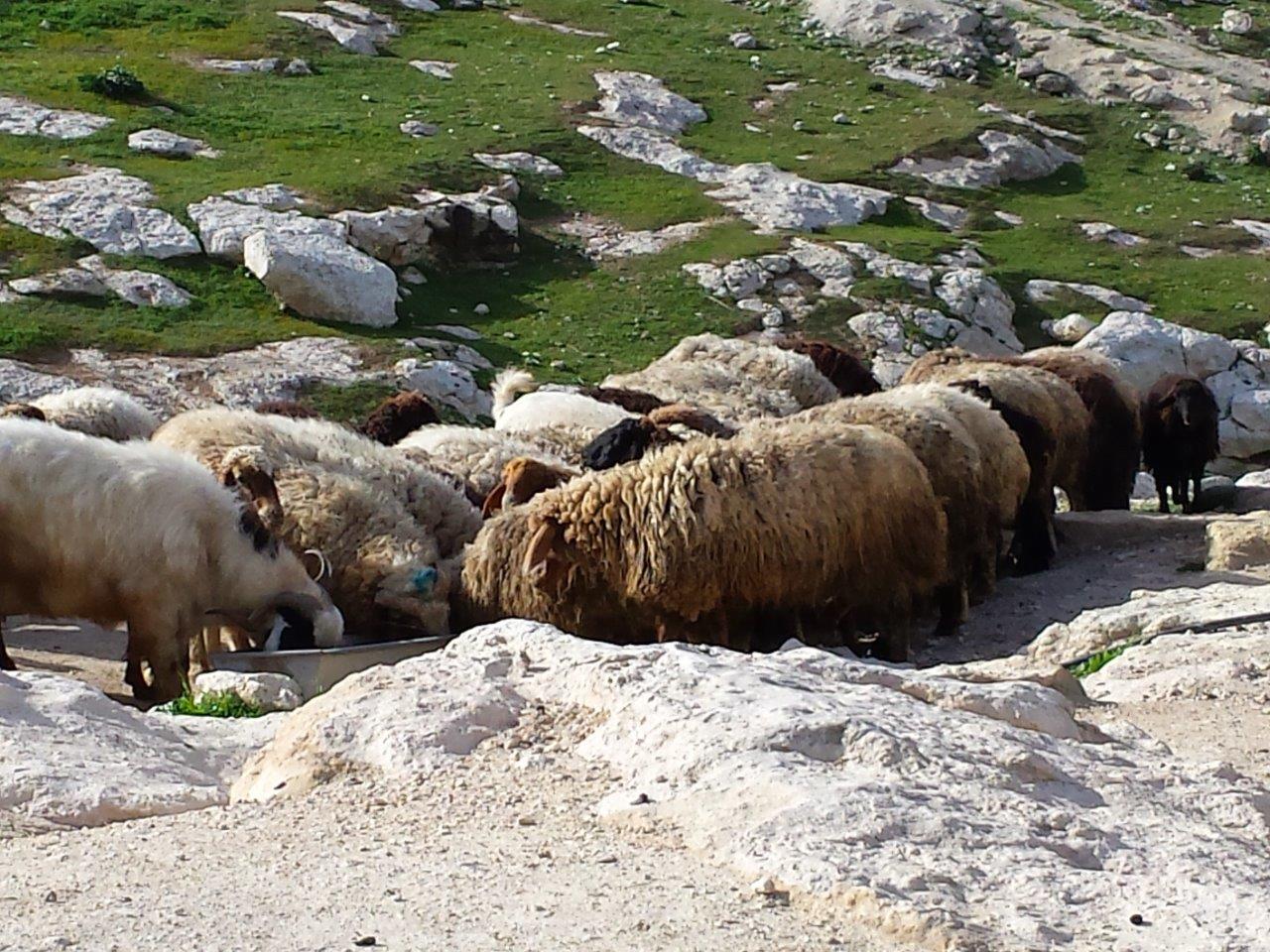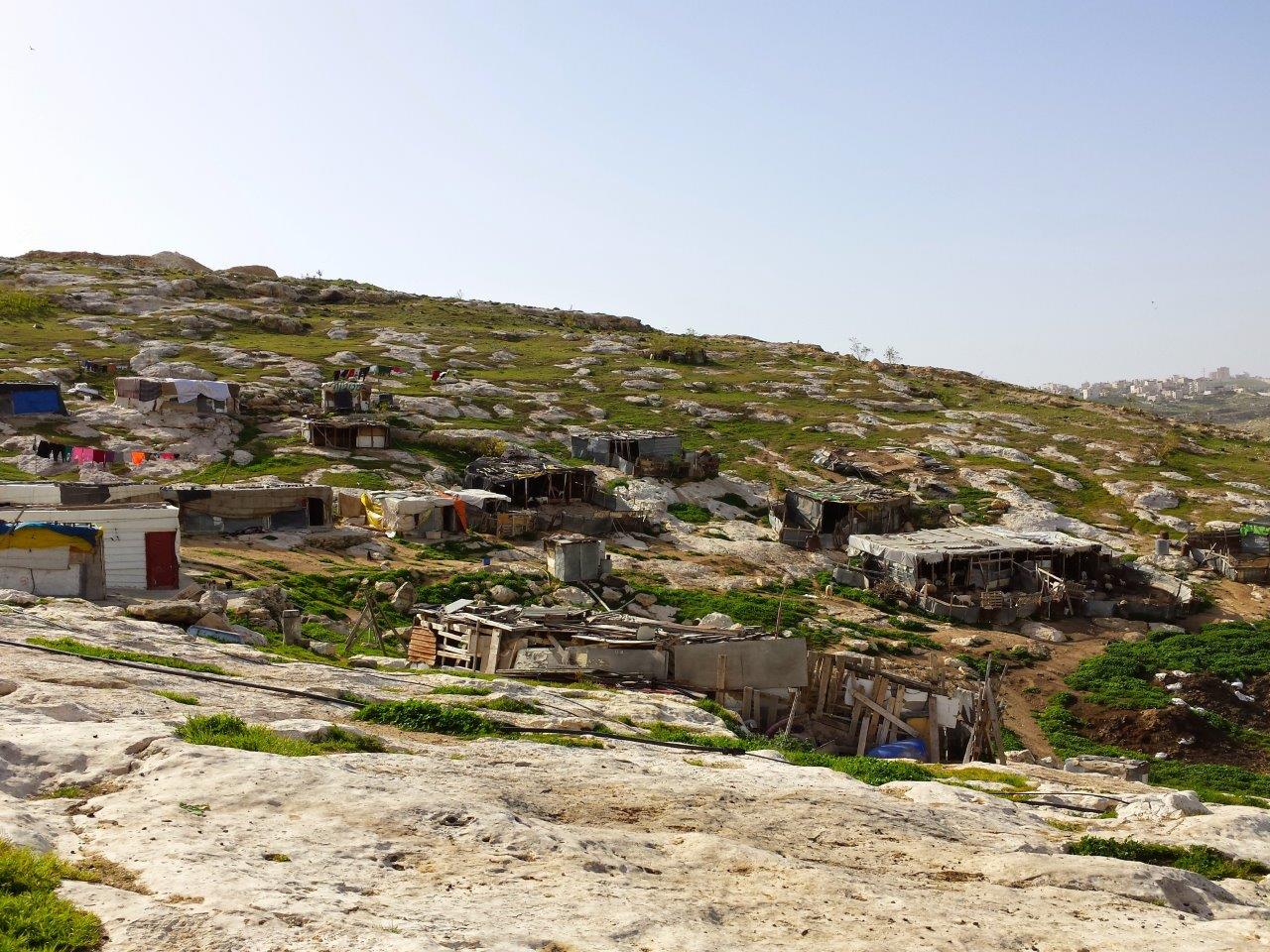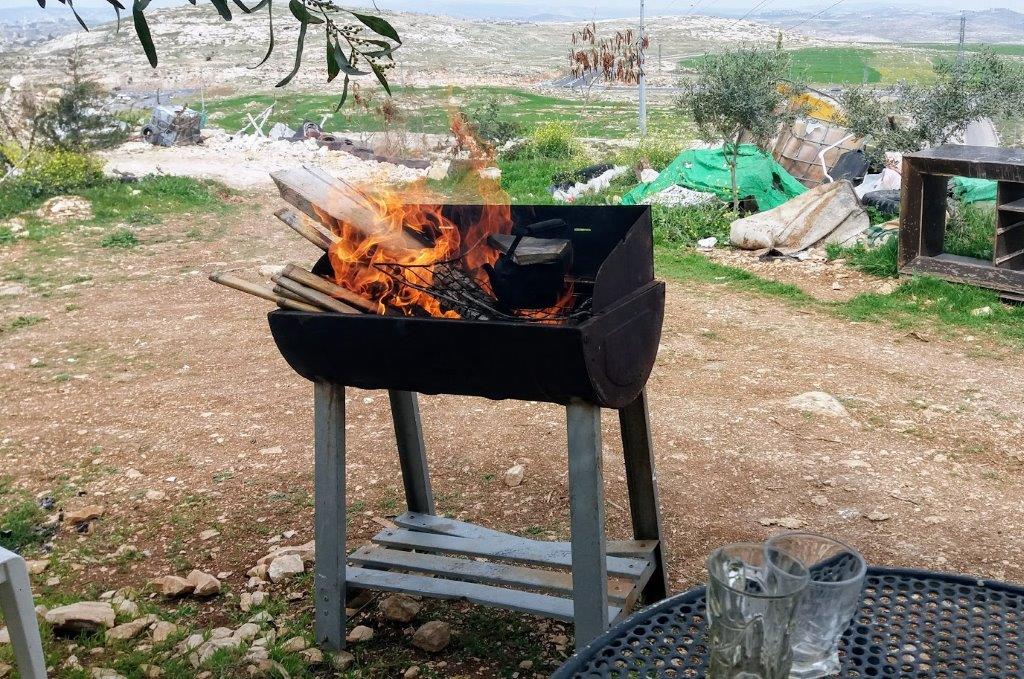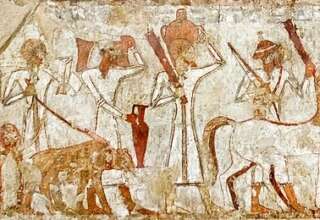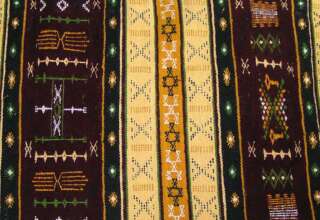
Although autoethnographies are becoming more common, autoethnographic methodology continues to encounter criticism in parts of the academic world. Critics of autoethnography relate among others to the lack of objectivity of the researcher, the problem of a single source of data, and issues of verification (Brigg & Bleiker, 2010; Holt, 2008; Wall, 2008). An autobiography is like a self-portrait (Howarth, 1974). Writing autobiographically one can – consciously or unconsciously – emphasize a range of different elements, and distort the picture to some extent, making it less scientifically grounded. Furthermore, autobiographies have been criticized as being self-indulgent, though the critique of self-indulgence can be overcome (Mykhalovskiy, 1996).
In response to these critiques, guidelines for quality in autobiographical and narrative research have been provided. (Bullough & Pinnegar, 2001) focused among others on the idea that the study needs to ring true and enable connection, promote insight and interpretation, engage history forthrightly, and that the author must take an honest stance. (Josselson & Lieblich, 2003) , referring to narrative dissertations in particular, suggested that they need to include the following parts: “1. Background of the study; 2. Research question and its significance; 3. Plan of inquiry; 4. Approach of analysis; 5. Significance of the findings; 6. Reflexive statement about the position of the researcher in relation to the work” (p. 262).


